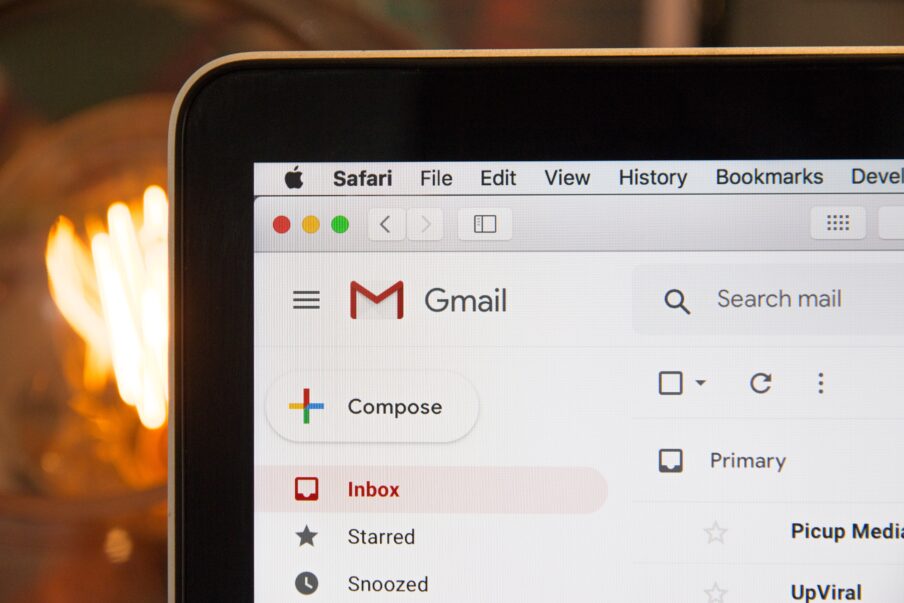Busy people universally prefer clear, straightforward communications. Pressed for time, they appreciate “front-loaded” communications that put the most important information (the primary message) right at the beginning of written documents and verbal presentations.
Here’s how to front-load your communications in five easy steps:
- Determine your most important message/ask/request (consider why it’s important to you and the receiver).
- Open with a short courteous introductory phrase.
- State your primary message/ask/request in the first paragraph/first three lines. If readers never get beyond that point, you’ve succeeded in delivering your message. Consider using bold type/italics/colors to make your main point jump off the page.
- Use the remainder of the document (paragraph two and beyond) to add supporting detail or background information, in descending order of importance.
- End with a call to action and include any relevant deadlines. Consider using bold type/italics/colors for emphasis. But beware of junking up your message.
Always write an attention-getting, business-appropriate email subject line to help your reader quickly identify the purpose of your message. Including a deadline in the subject line helps busy executives know what is needed, when.
In the example below, the boss is being asked to approve a significant expense on a tight deadline. To ensure results, the writer has front-loaded the email, making it easy for the decision maker to recognize the importance of the message—and respond in a timely manner:
Subject line: Budget approval needed by end of day
Dear Boss,
Your immediate approval is required for a technology purchase. It could make or break the $250,000 Jones deal.
Specifically, Jones’ CEO has committed to our enterprise solution, provided we have XYZ technology in place by week’s end. While the expenditure will impact this quarter’s budget, it’s worth it. The Jones deal will generate $250,000, exceeding our quarterly sales quota by 100% and netting $150,000 after the cost of the new technology.
If you’d like a deeper explanation, I’m happy to offer more detail. Otherwise, please reply with a “yes,” or “no” by 5 p.m. today.
Thank you.
If you’re ready to put this into practice, consider these action steps:
- Select a past or future email you plan to send to a key stakeholder. Use the 5-step process above and re-write the message, making sure it’s front-loaded. Ask a friend/colleague to offer feedback on the tone and flow. Sometimes when we try to front-load, we become overly direct and forget to be polite and courteous.
- Once your draft is ready, re-read the message and remove any unnecessary words that cloud the message and might not be needed.


